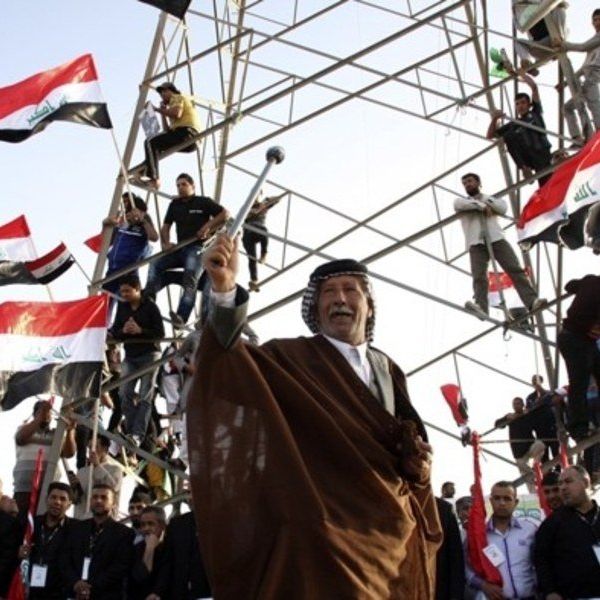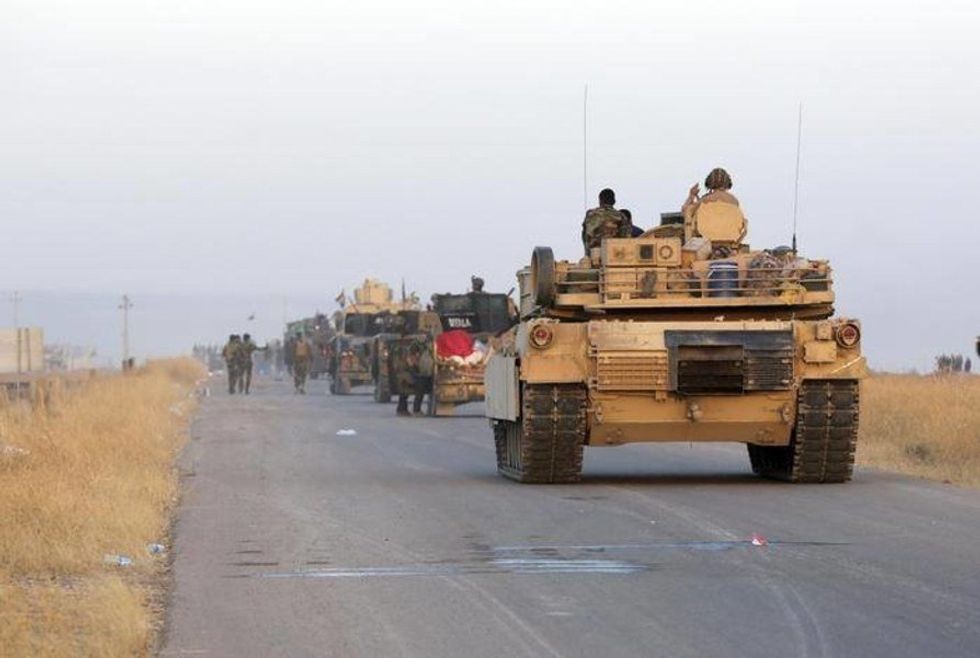October 16, 2016 marked Iraqi Prime Minister, Haider al-Abadi’s declaration of the beginning of undergoing Mosul Operations to retake Mosul, the second largest city in Iraq, from the control of the Islamic State in Iraq and Syria. The forces involved include the Iraqi Army made up of Sunni and Shia militias, the Kurdish Peshmerga forces, Assyrian and Christian forces and U.S. Coalition forces.
Ever since June 2014, ISIS has controlled Mosul and ultimately one-third of Iraq. ISIS’s presence in Mosul is it’s largest control between Iraq and Syria and was the place where the group originally declared itself as an “Islamic caliphate”.
So far, the Christian towns of Bartella and Hamdaniya have been liberated after more than two years of ISIS rule. ISIS has deployed car bombs, suicide bombs and landmines in the fight against the government forces, in addition to the launch of an attack in the city of Kirkuk on Friday. However, this did not stop Iraqi forces from continuing forward in their operation.
The Mosul Operation is the largest military operation to happen in Iraq ever since the United States invaded Iraq in 2003. The operation is an important event for the liberation of Iraq from any ISIS control due to the city’s size and the 5,000 ISIS militants in the city. Driving ISIS out of Mosul also block off the group’s route to the Syrian city of Al-Raqah, that was controlled by ISIS in 2013.
Iraq has been able to regain the major cities of Ramadi, Tikrit and Fallujah from ISIS control. This leaves Mosul as the last main territory controlled by the group, along with smaller pockets of areas in the northern and western parts of Iraq.
Originally with more than two million civilians, Mosul now has about one million Iraqis who remain living in the city. In 2014 when ISIS first took over, many of the people living in Mosul fled the city and became internally displaced through Iraq to seek refuge elsewhere. There are about 3.3 million internally displaced Iraqis who live in informal settlements or camps.
It is estimated that about 800,000 civilians may flee from Mosul. In cooperation with the United Nations and other relief organizations, the Iraqi government has decided to build about 20 camps to house any more displaced civilians.
Forces of different ethnic, national, religious and cultural backgrounds have joined together in the fight against one enemy: ISIS. Collectively, their goal is to rid Iraq of an oppressive group and liberate Iraqi territory for the safety of its civilians. Iraq will be free from ISIS control and will continue to rebuild after the losses it has faced against the group.





















